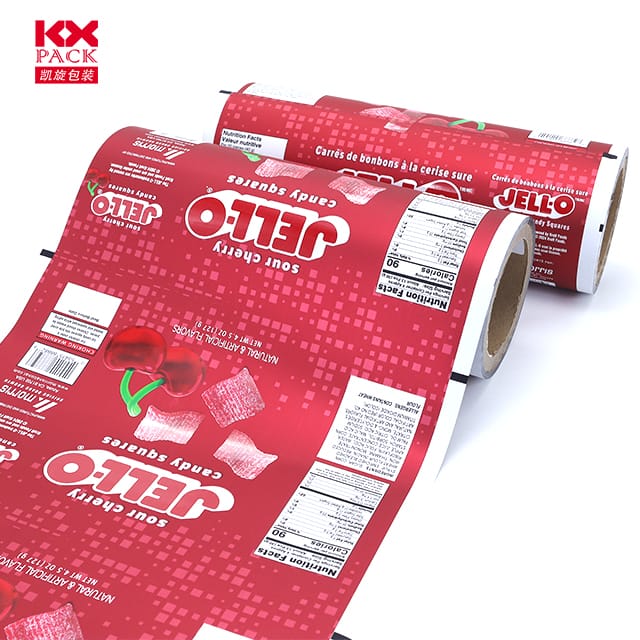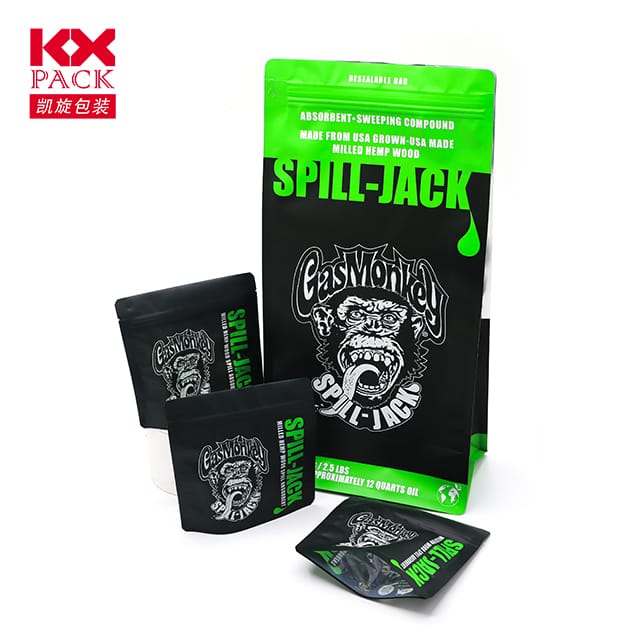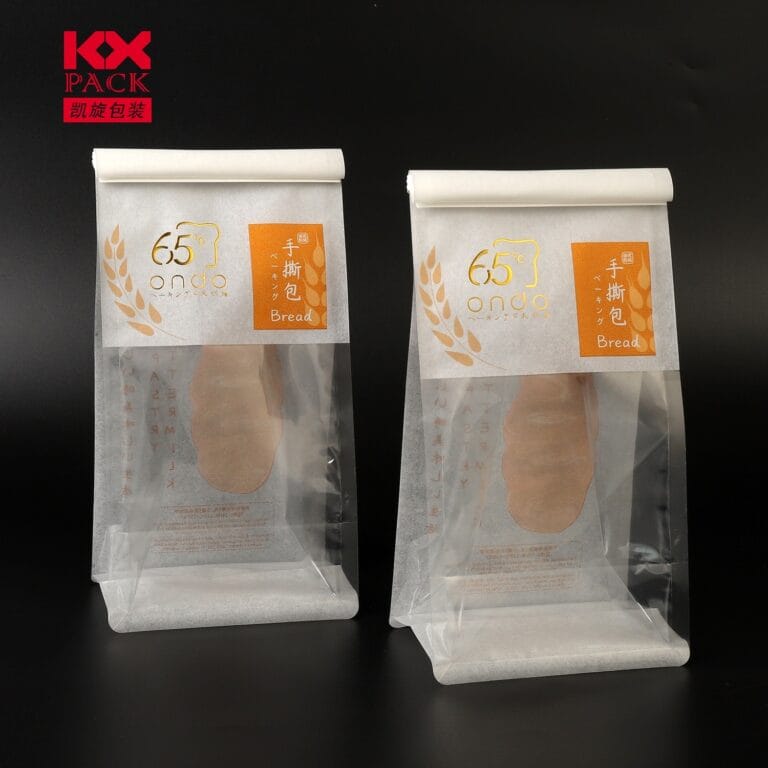Revolutionizing Sustainability and Efficiency: The Power of Packaging Roll Film(4)
Packaging Roll Film
In today’s fast-paced retail and logistics landscape, packaging roll film stands as an unsung hero, quietly safeguarding products from factory floors to consumer doorsteps. Hali, beyond its role as a protective barrier, this versatile material is undergoing a transformative shift towardbarqarorlik, innovation, and smart design. Let’s explore how modern roll film solutions are reshaping industries while minimizing environmental footprints.
1. The Evolution of Roll Film: From Single-Use to Circular Solutions
Traditional plastic roll films, while effective, have long faced criticism for their contribution to plastic pollution. Biroq, advancements in material science are challenging this narrative. Manufacturers now prioritizeqayta ishlanadigan, kompostlanadigan, and bio-based alternatives:
- Biologik parchalanadigan filmlar: Made from corn starch, shakarqamish, or algae, these films decompose in industrial composting facilities within 180 kunlar.
- Post-Consumer Recycled (PCR) Content: Brands like Novamont are blending recycled plastics into new films, reducing reliance on virgin materials.
- Reusable Systems: Some companies offer returnable roll film programs, where customers send back used film for refurbishment, creating a closed-loop cycle.
Masalan, EcoFlex Films has partnered with e-commerce giants to trial reusable mailers made from durable, recyclable polyethylene. These mailers can withstand 50+ cycles, slashing packaging waste by 80%.
2. Smart Engineering: Engil, Bardoshli, and Customizable
Modern roll film isn’t just greener—it’s smarter. Innovations inco-extrusion technology allow manufacturers to layer materials, combining strength with sustainability:
- Down-Gauging: Thinner films (as low as 8 microns) maintain performance while reducing material use by 30%.
- Barrier Enhancements: Anti-fog, anti-static, or UV-resistant coatings extend product shelf life without bulky secondary packaging.
- Print-Ready Surfaces: High-definition graphics on film eliminate the need for labels, streamlining production and reducing waste.
A case in point: Berry Global’s “EcoGuard” film uses a nano-layered structure to block oxygen and moisture, preserving freshness for perishables like coffee or snacks. This reduces food waste—a major contributor to greenhouse gas emissions—while cutting packaging volume.(Packaging Roll Film)
3. Industry-Specific Applications: Tailoring Solutions for Every Need
Packaging roll film isn’t one-size-fits-all. Different sectors demand tailored solutions:
- Ovqat & Ichimlik: Stretch films with antimicrobial properties keep meats, cheeses, and produce safer. Vacuum-sealed rolls extend the lifespan of frozen goods.(Packaging Roll Film)
- Elektron tijorat: Cushion films with air pockets or honeycomb structures protect fragile items during transit, replacing bulky foam or paper.
- Sanoat: Heavy-duty shrink films secure pallets, with reinforced seams and UV resistance for outdoor storage.
Masalan; misol uchun, Sealed Air’s “ReNew” stretch film uses 25% less plastic than conventional options while offering superior load containment, saving fuel in transportation.
4. The Circular Economy Imperative: Collaboration Across the Supply Chain
Sustainability in roll film isn’t achieved in isolation. It requiresindustry-wide collaboration:
- Kimyoviy qayta ishlash: Breaking down mixed plastics into raw materials for new films.
- Design for Recyclability: Standardizing film types (E.G., mono-material PE) to simplify recycling processes.
- Iste'mol o'qituvchisi: Labels like “Qanday qilib” guide proper disposal, boosting recycling rates.
TheEllen MacArthur Foundation’s New Plastics Economy initiative pushes for 100% reusable, qayta ishlanadigan, or compostable packaging by 2025. Brands likeUnilever vaNestlé are already piloting recyclable stand-up pouches made from roll film, proving large-scale change is possible.
5. The Future: Zero-Waste Goals and Beyond
The next frontier? Edible films, algae-based coatings, and AI-driven packaging optimization. Dunyoni qaerdan tasavvur qiling:
- Fruit stickers dissolve in water, leaving no trace.
- Films sense spoilage and change color, reducing food waste.
- 3D-printed roll film adapts in real-time to product dimensions, minimizing excess.
Startups likeDaftar are already experimenting with seaweed-based sachets that decompose in weeks. Ayni paytda, Amazon’s “Frustration-Free Packaging” program uses machine learning to design right-sized roll film boxes, cutting material use by 33%.
Yakuniy fikrlar: Packaging with Purpose
Packaging roll film is no longer just a commodity—it’s a canvas for innovation. By embracing circularity, smart engineering, and cross-industry partnerships, we can turn this humble material into a force for positive change.
What’s your vision for the future of sustainable packaging? Share your ideas below—let’s inspire the next breakthrough! 🌍📦
Kalit so'zlar: packaging roll film, sustainable packaging, biodegradable film, dumaloq iqtisodiyot, eco-friendly materials







